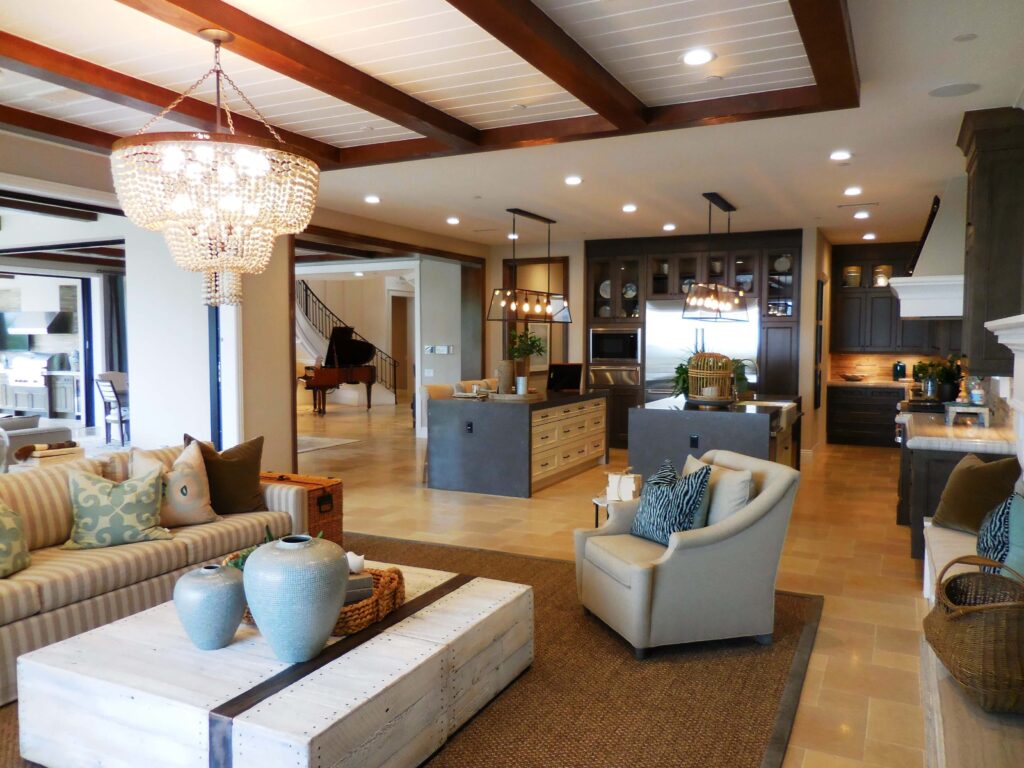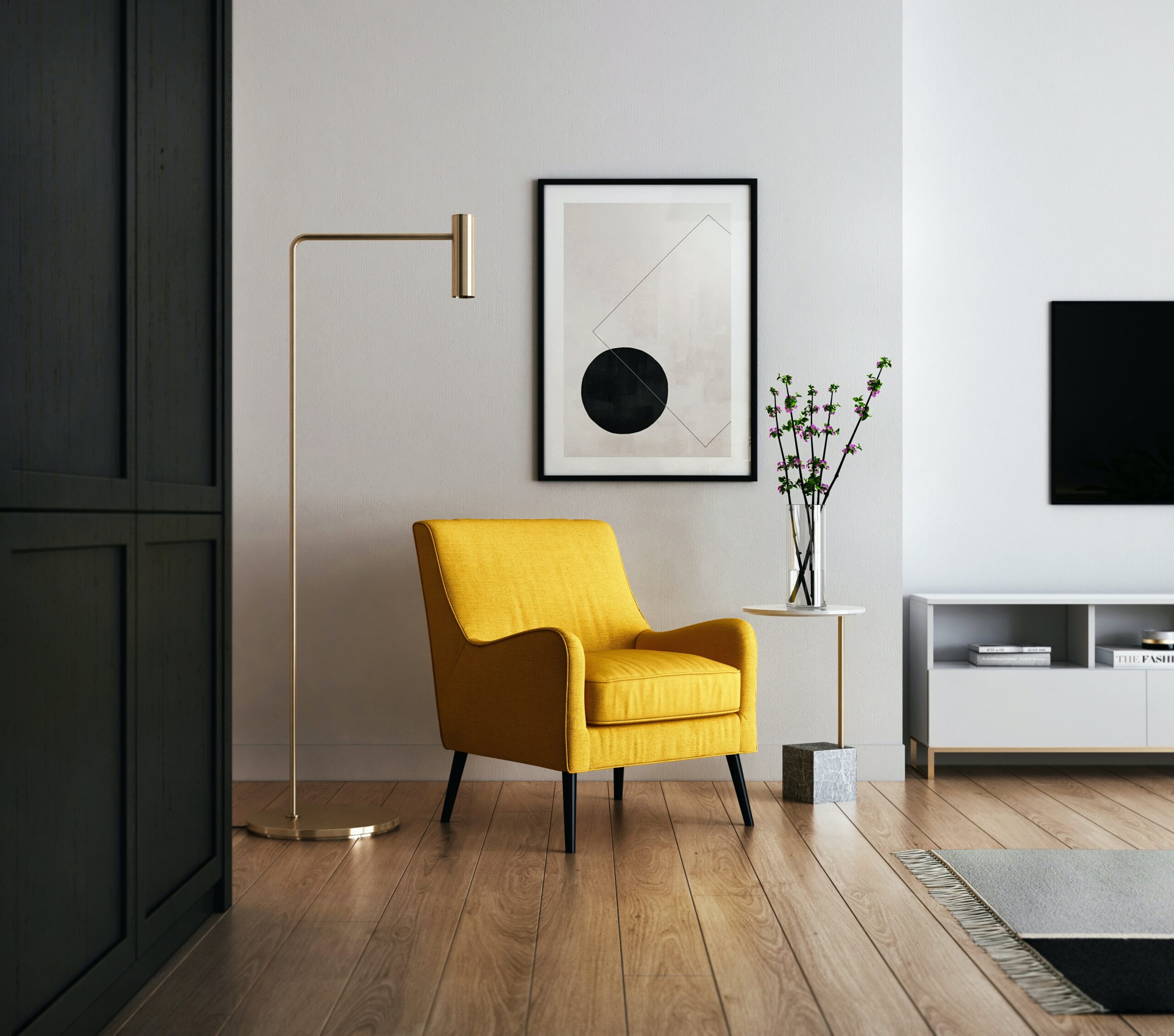The realm of home interiors has undergone a transformative journey in recent years. No longer confined to traditional definitions, the contemporary expression of interior design has evolved to encapsulate a multitude of styles and influences. In the current design landscape, it’s not just about arranging furniture; it’s about crafting an immersive and personalized living experience.
Design aficionados now refer to home interiors as a symphony of aesthetics and functionality. The emphasis is on creating spaces that tell a story, reflecting the inhabitants’ personalities and aspirations. It’s an art form that intertwines with the science of spatial utilization, transforming four walls into a canvas for self-expression.
This modern approach transcends the conventional boundaries of interior design. The term “home interiors” now encompasses a broader spectrum, encapsulating concepts like sustainable design, minimalism, and maximalism. It’s a fusion of styles, materials, and cultural influences that harmonize to create visually stunning and emotionally resonant living spaces.
In today’s design lexicon, you’ll often encounter phrases like “holistic living spaces” and “curated environments.” These terms underscore the shift towards a more comprehensive and intentional approach to interior design. It’s not just about what looks good; it’s about how a space feels and functions, catering to the holistic well-being of its inhabitants.
The idea of home interiors has also embraced the digital age. With smart home technology becoming increasingly integrated, phrases like “tech-infused design” and “connected living spaces” are gaining prominence. The modern home is not only aesthetically pleasing but also intelligent, with automation and connectivity seamlessly woven into its fabric.
One cannot ignore the prevalence of terms like “biophilic design” and “wellness-centric interiors” in contemporary discussions. The focus has shifted towards creating environments that foster a connection with nature, promoting physical and mental well-being. The incorporation of natural elements, sustainable materials, and ample natural light has become a hallmark of progressive home interiors.
The rise of bespoke design services has given birth to the concept of “tailored spaces.” Homeowners now seek personalized solutions that go beyond off-the-shelf aesthetics. It’s about crafting spaces that align with individual preferences, ensuring that each room is a unique reflection of its inhabitants.
In the current design vernacular, terms like “transitional design” and “eclectic interiors” are used to describe spaces that seamlessly blend diverse styles and eras. The rigid boundaries between traditional and contemporary have blurred, giving rise to eclectic spaces that celebrate diversity in design.
The term “home interiors” is no longer static; it’s a dynamic expression that evolves with cultural shifts and design innovations. It’s about creating environments that adapt to the needs of the present while laying the groundwork for future possibilities. In essence, home interiors now embody a narrative of fluidity, where the only constant is the pursuit of timeless, personalized, and harmonious living spaces.
As we navigate this ever-evolving landscape of design terminology, one thing remains clear – home interiors are a reflection of the human experience. It’s an exploration of identity, a celebration of creativity, and a testament to the ever-changing tapestry of our lives. In this era of design evolution, the question is not just “What is home interiors called now?” but rather, “What story does your home tell?”

